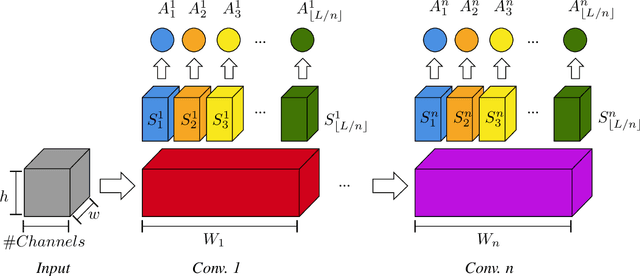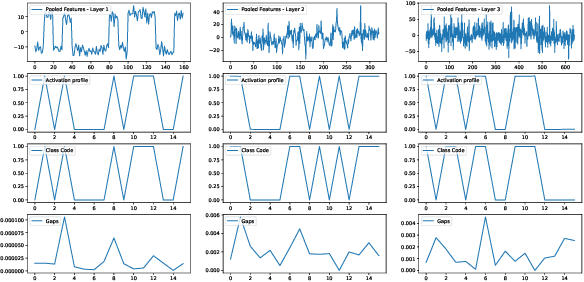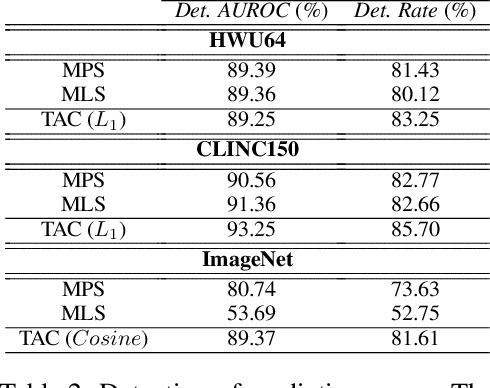Pierre-Andre Noel
RepLiQA: A Question-Answering Dataset for Benchmarking LLMs on Unseen Reference Content
Jun 17, 2024Abstract:Large Language Models (LLMs) are trained on vast amounts of data, most of which is automatically scraped from the internet. This data includes encyclopedic documents that harbor a vast amount of general knowledge (e.g., Wikipedia) but also potentially overlap with benchmark datasets used for evaluating LLMs. Consequently, evaluating models on test splits that might have leaked into the training set is prone to misleading conclusions. To foster sound evaluation of language models, we introduce a new test dataset named RepLiQA, suited for question-answering and topic retrieval tasks. RepLiQA is a collection of five splits of test sets, four of which have not been released to the internet or exposed to LLM APIs prior to this publication. Each sample in RepLiQA comprises (1) a reference document crafted by a human annotator and depicting an imaginary scenario (e.g., a news article) absent from the internet; (2) a question about the document's topic; (3) a ground-truth answer derived directly from the information in the document; and (4) the paragraph extracted from the reference document containing the answer. As such, accurate answers can only be generated if a model can find relevant content within the provided document. We run a large-scale benchmark comprising several state-of-the-art LLMs to uncover differences in performance across models of various types and sizes in a context-conditional language modeling setting. Released splits of RepLiQA can be found here: https://huggingface.co/datasets/ServiceNow/repliqa.
Constraining Representations Yields Models That Know What They Don't Know
Aug 30, 2022



Abstract:A well-known failure mode of neural networks corresponds to high confidence erroneous predictions, especially for data that somehow differs from the training distribution. Such an unsafe behaviour limits their applicability. To counter that, we show that models offering accurate confidence levels can be defined via adding constraints in their internal representations. That is, we encode class labels as fixed unique binary vectors, or class codes, and use those to enforce class-dependent activation patterns throughout the model. Resulting predictors are dubbed Total Activation Classifiers (TAC), and TAC is used as an additional component to a base classifier to indicate how reliable a prediction is. Given a data instance, TAC slices intermediate representations into disjoint sets and reduces such slices into scalars, yielding activation profiles. During training, activation profiles are pushed towards the code assigned to a given training instance. At testing time, one can predict the class corresponding to the code that best matches the activation profile of an example. Empirically, we observe that the resemblance between activation patterns and their corresponding codes results in an inexpensive unsupervised approach for inducing discriminative confidence scores. Namely, we show that TAC is at least as good as state-of-the-art confidence scores extracted from existing models, while strictly improving the model's value on the rejection setting. TAC was also observed to work well on multiple types of architectures and data modalities.
 Add to Chrome
Add to Chrome Add to Firefox
Add to Firefox Add to Edge
Add to Edge